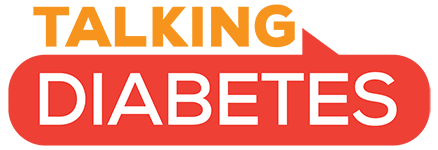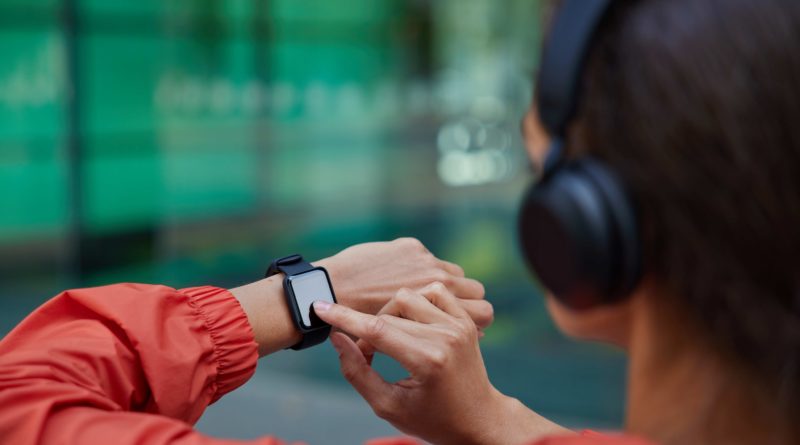When is it Best to Exercise in Order to Maintain Healthy Blood Sugar Levels?
Exercise plays an integral role in managing blood sugar levels. Recent research reveals that timing of exercise may have a significant impact.
Researchers from the University of Granada, in Spain recently studied the role of the timing of moderate-to-vigorous physical activity on glucose metabolism.
Prior studies have shown that physical activity can improve blood glucose (sugar) levels, and the researchers wanted to find out if the time of day the bulk of the activity takes place makes a difference to this effect.
They found an association between being most active later in the day and having more stable blood sugar levels over a 24-hour period.
The study appears in the journal Obesity.
Physical Activity Helps Keep Blood Sugar in Check
Insulin resistance and type 2 diabetes affect millions of people.
According to the National Health and Nutrition Examination Survey, 40% of people aged 18 to 44 in the United States have insulin resistance. The Centers for Disease Control and Prevention (CDC) report that of the 38 million cases of diabetes in the U.S., around 35 million are due to type 2 diabetes.
Doctors may prescribe medications such as metformin to control type 2 diabetes, and they may also recommend diet and exercise to help control blood sugar levels.
With the exercise component in mind, the researchers who conducted the current study wanted to expand on existing research.
“It has been well established that moderate-to-vigorous physical activity enhances glucose homeostasis in adults with overweight/obesity who are at higher risk of developing insulin resistance,” note the authors.
The researchers conducted a study using data from the EXTREME trial to see whether the timing of moderate-to-vigorous physical activity impacts blood sugar stability.
They observed a group of 186 adults, evenly split between men and women, with an average age of 46.8 years. The average body mass index (BMI) for the group was 32.9, which the CDC categorizes as indicative of obesity.
The participants wore a device to track physical activity, and a continuous glucose-monitoring device to track glucose levels, for 14 days.
After reviewing the participant data, the researchers categorized each day on the following factors:
- inactive — no moderate-to-vigorous physical activity
- morning — at least 50% of (moderate-to-vigorous) activity occurred between 06:00 and 12:00
- afternoon — at least 50% of activity occurred between 12:00 and 18:00
- evening — at least 50% of activity occurred between 18:00 and 00:00
- mixed — participants did not have a time period where at least 50% of their moderate-to-vigorous physical activity occurred.
The scientists simultaneously monitored each participant’s glucose levels and mapped the readings to the physical activity data.
Is Evening Exercise the Best for Blood Sugar Control?
The study participants undertook an average of 24 minutes of moderate-to-vigorous physical activity per day.
The researchers first noted that their findings reinforced the established link between moderate-to-vigorous physical activity and stabilized glucose metabolism.
The 24-hour average glucose reading for the participants was approximately 1 milligram per deciliter (mg/dL) lower on somewhat active days, and around 1.5 mg/dL lower on very active days compared with inactive days.
When looking at whether the timing of moderate-to-vigorous physical activity impacted glucose levels, the scientists found an association between completing activity in the evening and lower blood glucose levels.
The 24-hour average glucose reading for the participants who completed their moderate-to-vigorous physical activity during the evening was 1.28 mg/dL lower compared with the reading for inactive participants.
Those who completed most of their moderate-to-vigorous physical activity in the morning or whose activity was spread out across the day did not show statistically different glucose levels compared with the inactive participants.
For the afternoon group, the participants experienced a reduction of 0.98 mg/dL.
“The present study shows that the timing of lifestyle moderate-to-vigorous physical activity is significant and that accumulating most moderate-to-vigorous physical activity during the evening is associated with lower glucose levels in adults with overweight/obesity and metabolic impairments,” write the authors.
Furthermore, the researchers found that this association in participants with impaired glucose regulation was even “stronger.”
Another promising finding was that the results were consistent in both women and men.
While further studies are needed to explore this, this association may help give people with type 2 diabetes or insulin resistance an idea of how to maximize the benefits of their physical activity.
The Goal is Regular Moderate-to-vigorous Exercise
Shiara Ortiz-Pujols, MD, MPH, who works in obesity medicine in the Department of Surgery at Staten Island University Hospital in New York, also spoke about the study. She was not involved in the research.
“The study further supported that any physical activity that can be accumulated throughout the day is beneficial, with a more significant impact on glucose regulation if done in the evening hours,” said Ortiz-Pujols.
She also emphasized the importance of getting in some physical activity whenever possible.
“Although exercising in the evening may be better to [regulate glucose metabolism] in adults with overweight/obesity, schedules may not always permit this for everyone,” Ortiz-Pujols noted.
“The primary goal is to engage in regular moderate-to-vigorous physical activity,” commented Ortiz-Pujols. “Once we have a regular routine of doing this, then we can aim to exercise in the evening to further optimize glucose regulation.”

